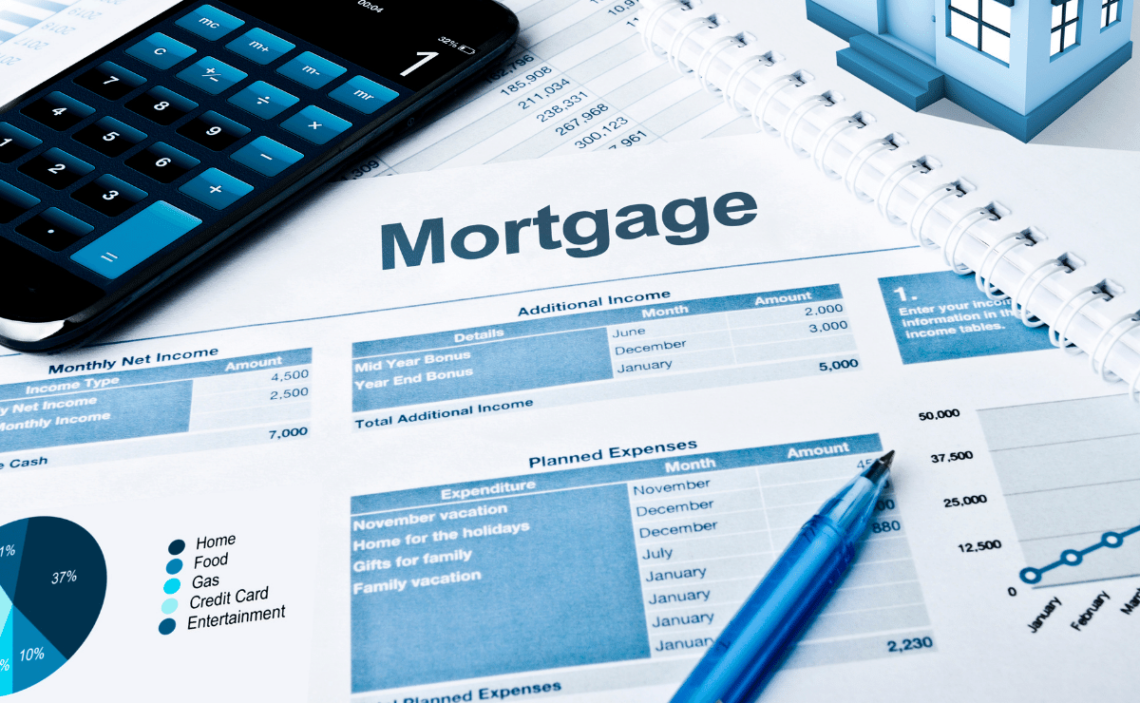It is natural to be concerned about the maximum financing limits on mortgages. However, we do not always know the minimum amount required to apply for a mortgage.
Indeed, there are minimum amounts to apply for a mortgage loan, and although it may surprise you, they are an important aspect to consider.
Minimum and maximum limits on mortgages
When we talk about minimum and maximum limits on mortgages, we are referring to the maximum amount that the lender will offer you to buy your home and the minimum amount you will be required to apply for to be granted the mortgage.
Although many people are unaware, all mortgages have a minimum financing limit. That is an amount of money below which will not grant the loan.
The usual thing is that we pay attention to the maximum limit that the lender offers us. The maximum limit is the one that determines the largest amount of money that the mortgage will deliver us, and it is usually the most relevant data.
However, in other cases, it may be useful to know the minimum limit since we may not need a mortgage with the full amount offered by the lender.
How Minimum Loan Amounts are Calculated
Calculating the minimum amount required by a lender for a mortgage is not simple. That is because there is no universal rule for such calculation.
For example, different scales can be used to calculate the maximum financing limits in the mortgage. A top percentage of the property’s value is usually used, influenced by factors such as creditworthiness, guarantees, collateral, etc.
However, for the minimum calculation, we know of no explicit formula. Each lender has its specific minimum amount. In some cases, it may coincide, while others may not. That makes it quite complex to calculate what the minimum sum is going to be in each one of them.
On the other hand, although the lender usually publishes the total loan limit amounts (both maximum and minimum) in its lending terms and conditions, minimums are rarely published in marketing communications. Typically, only the maximum limits are posted.
Generally, the lowest values can be around the $50,000 minimum limit. However, with such low limits, you should usually look for lenders with fairly flexible policies.
A mortgage loan’s average minimum limit values are usually around $100,000. The maximum values, on the other hand, are generally around $150,000.
That does not mean you cannot find a lender that requires above $150,000 as a floor or offers a floor below $50,000. However, it is really rare to find such proposals.
Why are there minimum limits on home financing?
In the same way that mortgage ceilings are adjusted to minimize risk, there are a few reasons for lender-adjusted minimum financing limits.
The main among them is the expense. The fees charged by the lender are going to be based primarily on the amount of the loan. Therefore, there are certain amounts below which the lender considers that the operation is not profitable.
Here, we must understand that it is not only the direct costs that may be involved in processing a loan. The lender also includes all the costs (on a pro-rata basis) of keeping your organization active.
If we take the data provided by the Mortgage Bankers Association on the performance of mortgages in the first quarter of 2022, we find that the average cost per loan was higher than production costs at $10,600. According to this association, this meant an increase that considerably reduced the profit of each mortgage.
The lower the amount of the mortgage, the greater the importance of the lender’s fixed costs. Therefore, a minimum amount is set above, which the company considers that it can make a profit.
References


